Find the right lighting for your bathroom and learn about the best fixtures and light direction for each space.
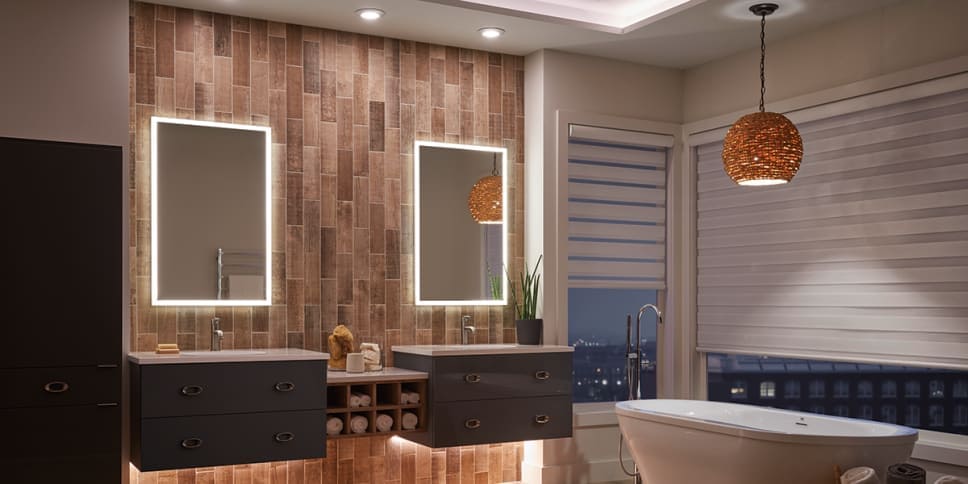
The bathroom is a busy place on a daily basis. It must be safe, well -lit, and comfortable for everyone , whether they are members of the household or their guests.
A single light source may not be enough for a larger bathroom, and the wrong type of light can create uncontrollable glare and disrupt your routine.
Every home is different and unique, but there are a few interior design guidelines that will help you transform your own bathroom into the perfect spa oasis .
How to choose the right light?

Unlike other rooms, the bathroom has a well-defined purpose .
Occupants should be able to go about their daily lives without blindly tripping over a rug or misapplying their eyeshadow.
This requires clear and discreet lighting .
Every bathroom lighting update has the same goals: to create a pleasant and relaxing space :
- Produce a safe lighting arrangement.
- Ensure even distribution of light .
- Minimize shadows or accidental highlights.
- Working with natural or warm light colors.
All these goals are possible without industrial fluorescents and reflective and glare-causing surfaces.
The bathroom, like any other room in the house, should have a comfortable and welcoming character of its own .
The mirror may reflect your face, but the rooms in your home should reflect a little bit of the whole family's personality .
You must vary the styles

From torches to bath bars, chandeliers to recessed pot lights, Hollywood strip lights to traditional vanity lights, there's no shortage of choice when it comes to finding the perfect lighting solution for your bathroom .
Find a style you like, then determine if it will meet the needs of your space.
LED Bar Lighting

Bathtub light bars offer a more contemporary look to the bathroom. They diffuse light above or beside the mirror , providing the perfect width to illuminate the face.
Vintage Lighting
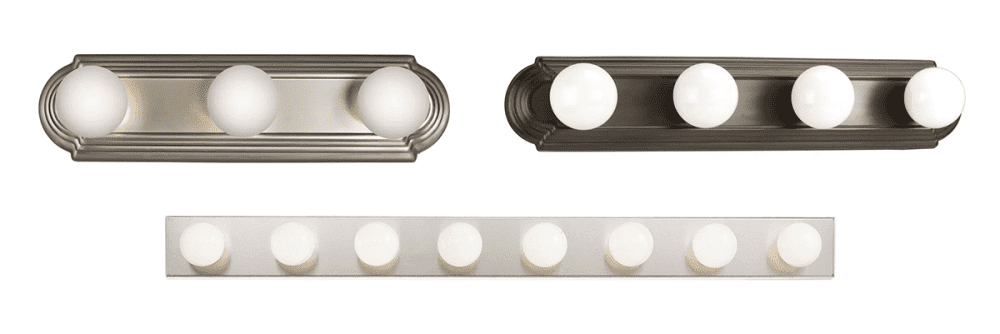
For a retro look at an affordable price , opt for the bath strip. Exposed bulbs offer bright light and a distinctive design with simple installation .
Ceiling Lights

Some ceiling lights are mounted flush with the ceiling and are completely enclosed behind a glass or diffused shade.
Others are recessed into the ceiling like table lamps, while still others hang a little lower and reflect upward to help disperse light around the room.
There are even chandeliers to add glitz and shine to small bathrooms .
Industrial Lighting

Vanity lighting features multiple lamps on a single mounting bar . Each lamp has its own shade, and many can be oriented in different directions to customize the lighting in the room.
Quality of light

Not all lights will treat your spaces the same way. In the bathroom, where shade and tone are important factors , it's good to achieve as natural a quality of light as possible.
For older homeowners or families considering aging in place, keep in mind that as the human body ages , a room may require four times more light than younger generations need .
These questions go beyond simply determining the wattage of the bulb in the light fixture, which only measures the energy used by the bulb , and touch on issues of lumens and color temperature.
The lumens listed on most packages are an indication of the brightness of the lamp or bulb .
The lower the lumen count, the dimmer the light . For brighter light, look for bulbs with a higher lumen count.
If you're planning a complete lighting system using different types of light, such as layering bath bars, recessed lights, and ceiling lights , keep in mind that some types need to have a higher lumen output than others.
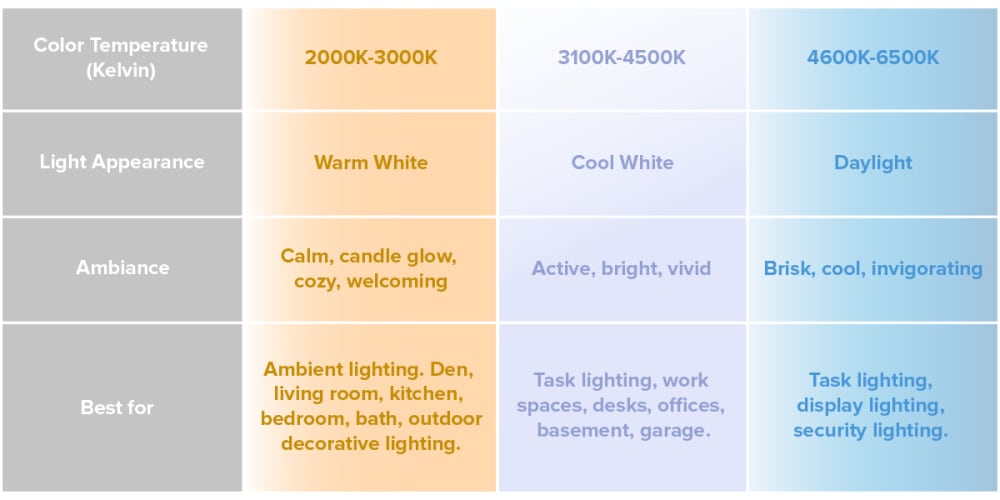
To determine the " temperature " of the lighting, look at the color accuracy, or color rendering index ( CRI ), and the color of the light ( measured in kelvins ) on the bulb's packaging.
Many interior designers recommend a bathroom light color between 3500 Kelvin and 4000 Kelvin because it best mimics the clarity and quality of natural daylight , helping to reduce the bluish tint that can alter our color perception in brighter light.
A CRI between 80 and 98 will allow you to see the natural range of colors as you would see them in daylight , without harsh glare distorting the colors.
When it comes to bathroom color temperature, keep in mind that warmer lighting tends to be more flattering . It reduces shadows, and the clarity of colors blends in, hiding imperfections.
It is also more relaxing , like the warm colors of candlelight, and less likely to hurt the eyes.
With light close to the blue-white color of daylight, shadows are more likely, differences in hue have a more pronounced contrast, and colors are reflected whiter.
Direction of light
Layering lighting means using different types of light fixtures that work in coordination with each other to meet the different needs of the space.
This allows you to ensure that every area of a room is properly lit, regardless of the room or the demand. These concepts apply to the multipurpose bathroom as well as to any other room.
Ambient Lighting

This soft light radiates from light-colored walls , ceilings and other reflective surfaces to illuminate the entire room.
These lighting fixtures diffuse a lot of light in all directions , over a large space, without being too bright.
Ambient light in a bathroom typically comes from wall-mounted fixtures placed above eye level, such as wall sconces, or from ceiling fixtures with diffused shades, such as recessed lights.
Accent Lighting

Bright, direct, downward-directed light, applied exactly where it is needed, task lighting is provided by light sources such as track or recessed lamps .
They can usually be adjusted to point towards the work surface or to reflect off other surfaces .
Accent Lighting

Accent lighting uses softened light by reflecting it off other surfaces to highlight or change the visual impact of the room .
Using uplighting and downlighting techniques, accent lighting can accentuate shadows to add depth , making a room appear larger or more open.
Decorative Lighting

Like accent lighting, decorative lighting uses light to enhance the design of a room .
Wall sconces can offer unique designs, while spotlights and strip lights are often used to draw attention to specific artwork or other creative elements .
To implement them in your own bathroom, start with the basics:
- Combine recessed lighting with sconces or pendants, or a bedside lamp above the mirror, to add ambient lighting.
- For assistance with grooming and makeup, you have a variety of options, from illuminated mirrors or medicine cabinets to wall lights and sconces.
- For safety reasons, consider installing a recessed, water-safe light above the shower or bathtub.
- To make a room appear larger or more open, use LED strips under mirrors or shelves to add depth through shadow.
Each area of the room has a different function and can benefit from a different type of lighting.
So think about the layout and function of the room when choosing your lighting.
The size of the light fixture is important

Remember, the goal is to illuminate the face , not create unflattering shadows, so use lights wisely.
There are a few visual tricks you can use to make the most of your bathroom lighting.
When placing a lamp above the vanity mirror(s) , you must:
- Center the lamp above the sink so that the light disperses evenly across the face.
- The lamp should be installed between 75 and 78 inches from the floor. (To prevent glare from dazzling the eyes of even tall visitors.)
- Look for a fixture that's about 25% to 50% the width of the mirror. For most vanity mirrors, you can probably start with a fixture that's about 24 inches wide.
- For a vanity with multiple sinks, opt for a smaller light fixture above the mirror, above each sink. This not only increases the brightness, but also makes the room appear larger.

When placing lighting fixtures on the sides of the mirror (or mirrors :)
- Side lighting should be installed at approximately eye level.
- A wall sconce or torchiere should be installed between 60 and 66 inches above the floor.
- If possible, center the lighting along the middle height of the mirror.
- To avoid shadows or bright spots, space lights 24 to 28 inches from other lighting fixtures.
- Humidity levels in bathrooms
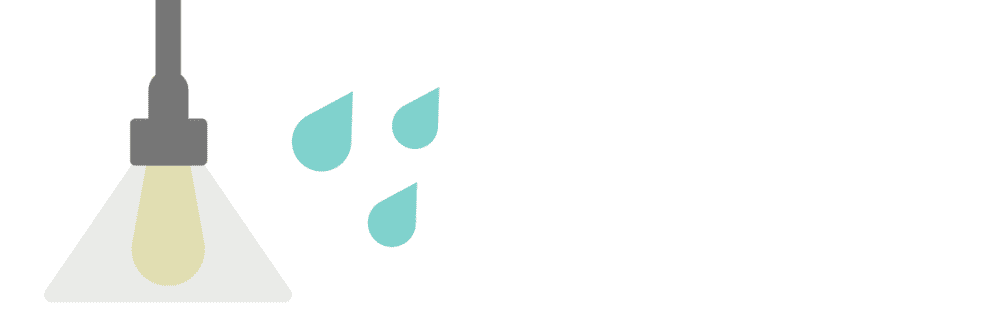
Perhaps the most important consideration when choosing a light fixture is its humidity rating .
Electrical wiring in bathrooms should be protected from room humidity to ensure the life of lighting fixtures , as well as the general safety of the home.
Any light fixture installed in a bathroom should at least be rated for wet areas , as moisture in the room can build up even if the fixture is not directly exposed to water.
Any lighting above the shower or bathtub , or near sinks, should be designed for wet areas .
If a room is well ventilated and has a working exhaust fan , it is possible to use lighting suitable for dry environments near the door or away from any water source.
But it is generally better to use luminaires suitable for humid environments .
Choosing the lighting for your bathroom

The bathroom should be a place of rest where you can forget the stress of the day .
Use these lighting tips to ensure your bathroom renovation project is effective, right from the start.
Careful placement of light sources means a more pleasant space, right from the start.






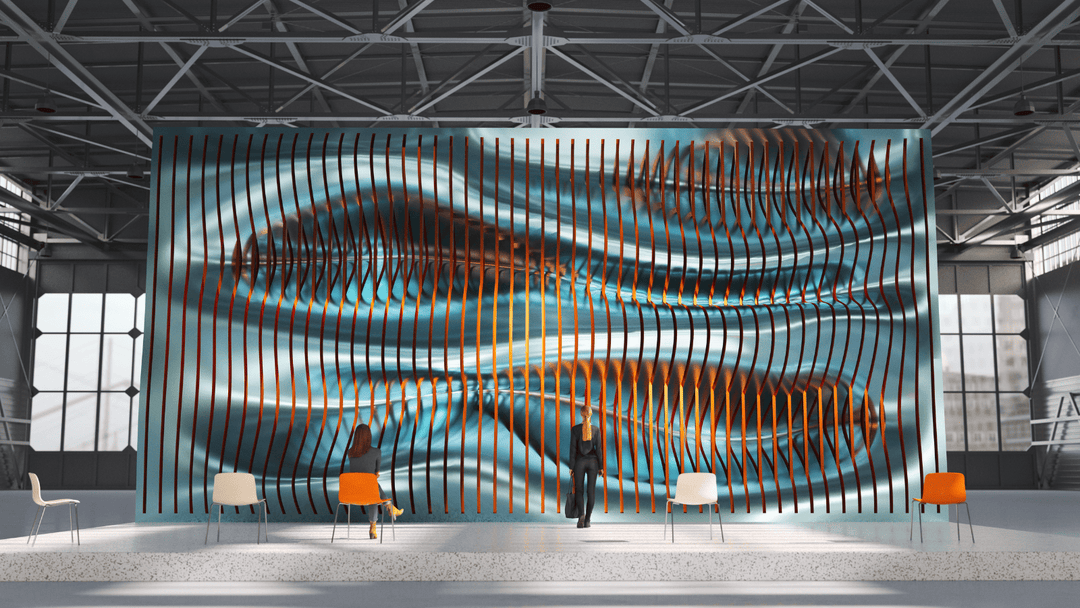
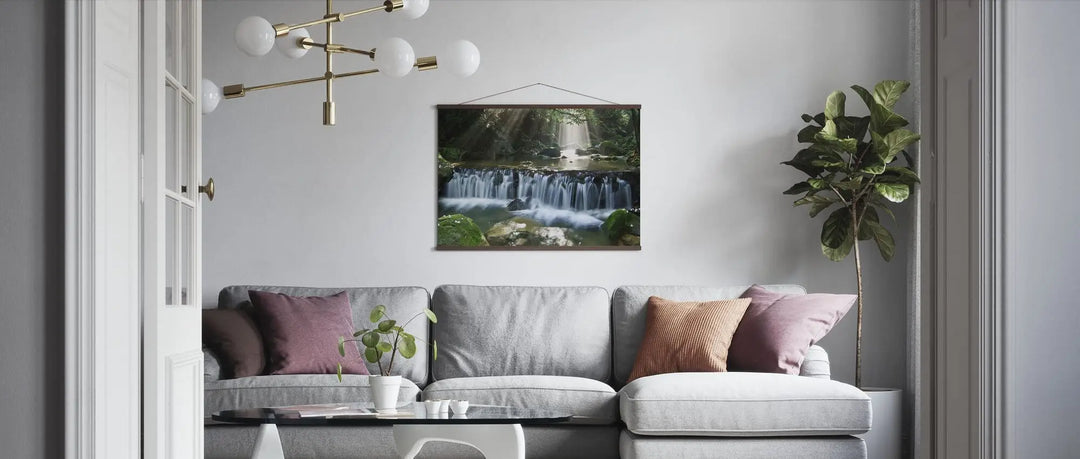
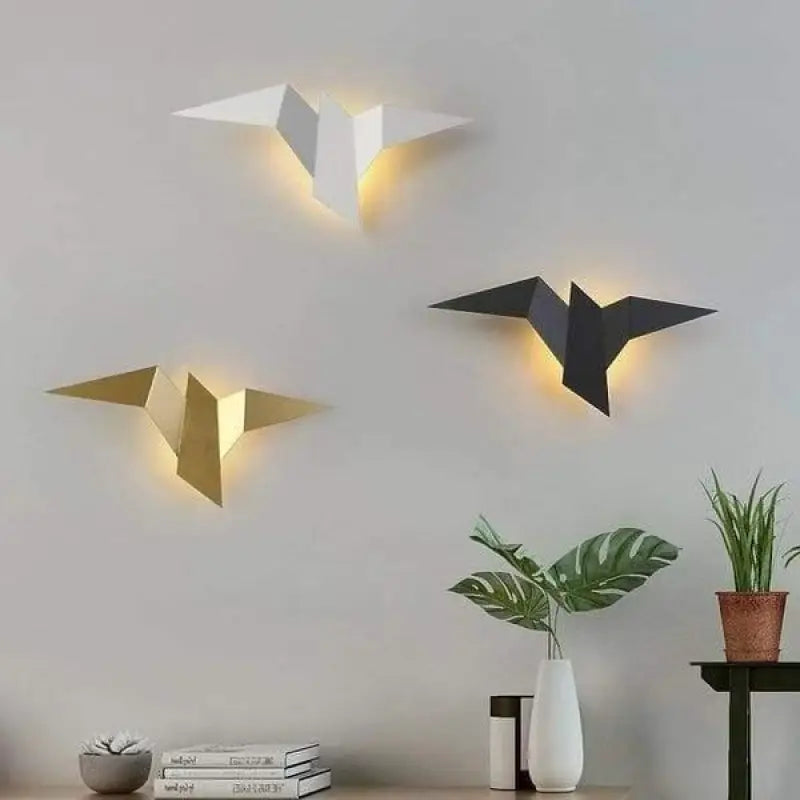
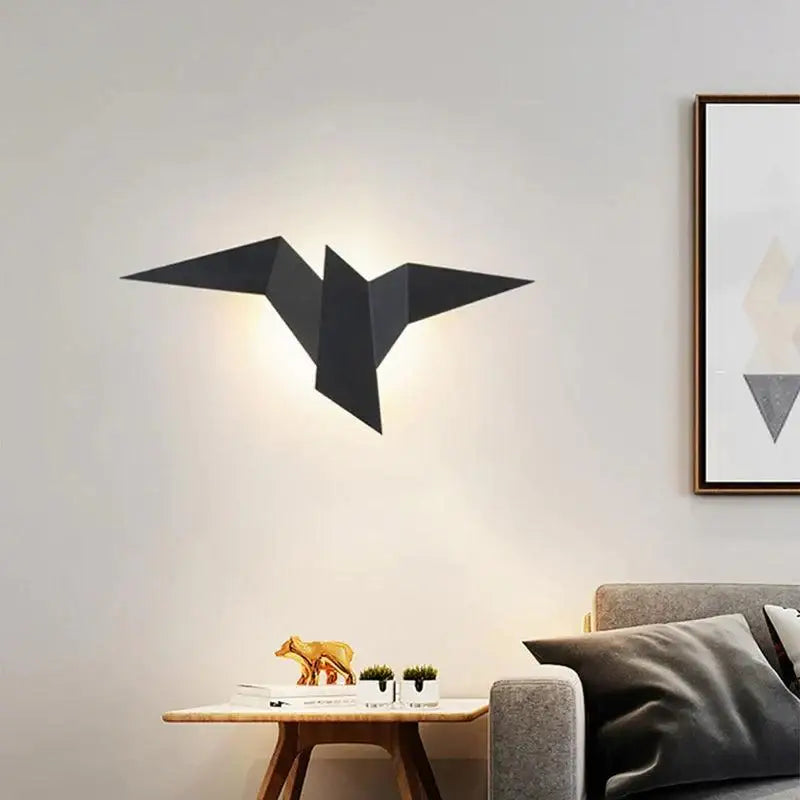
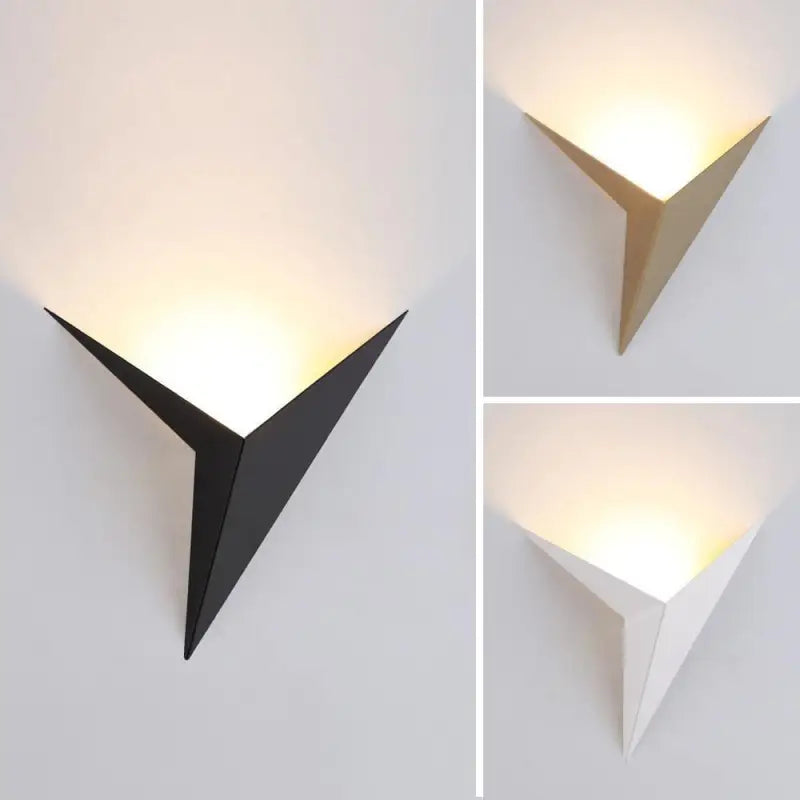
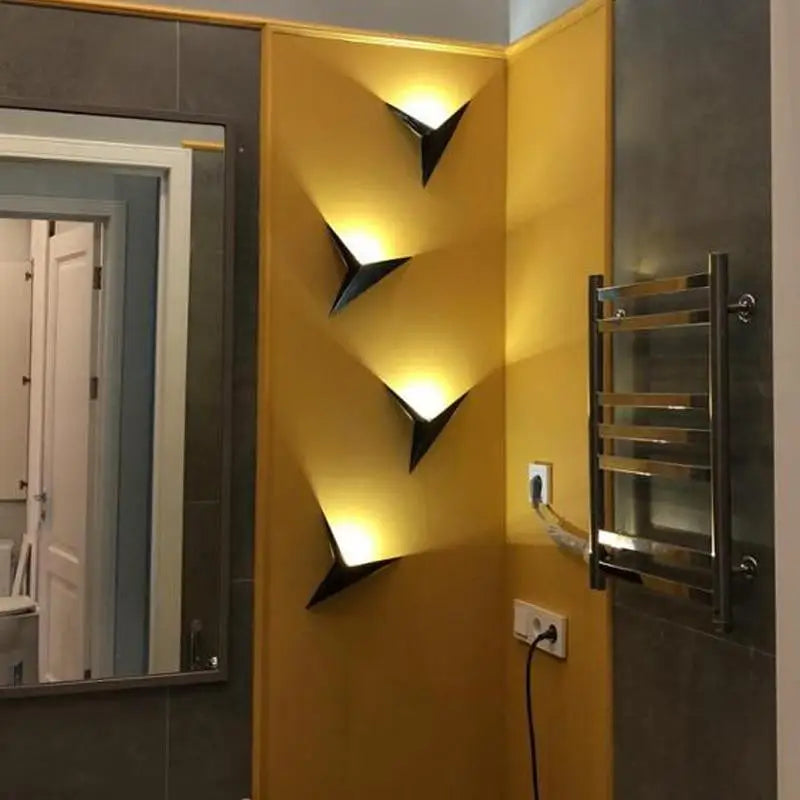
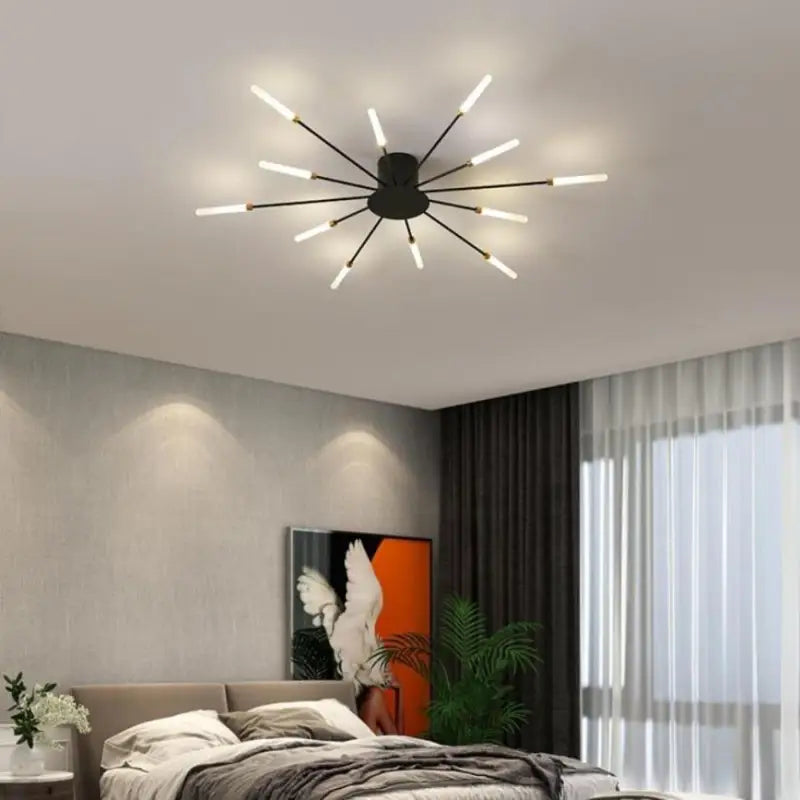
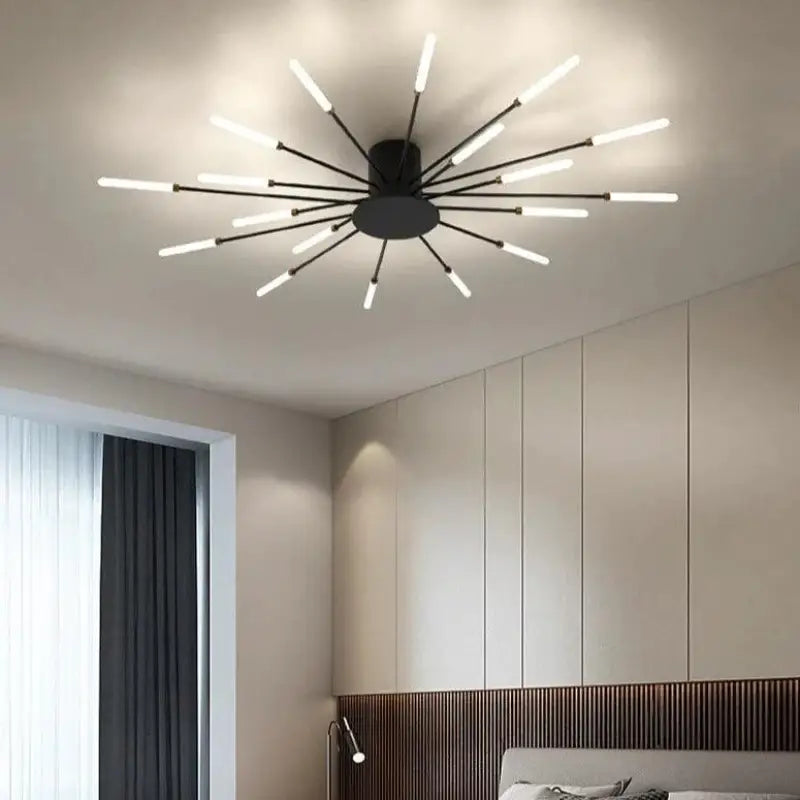
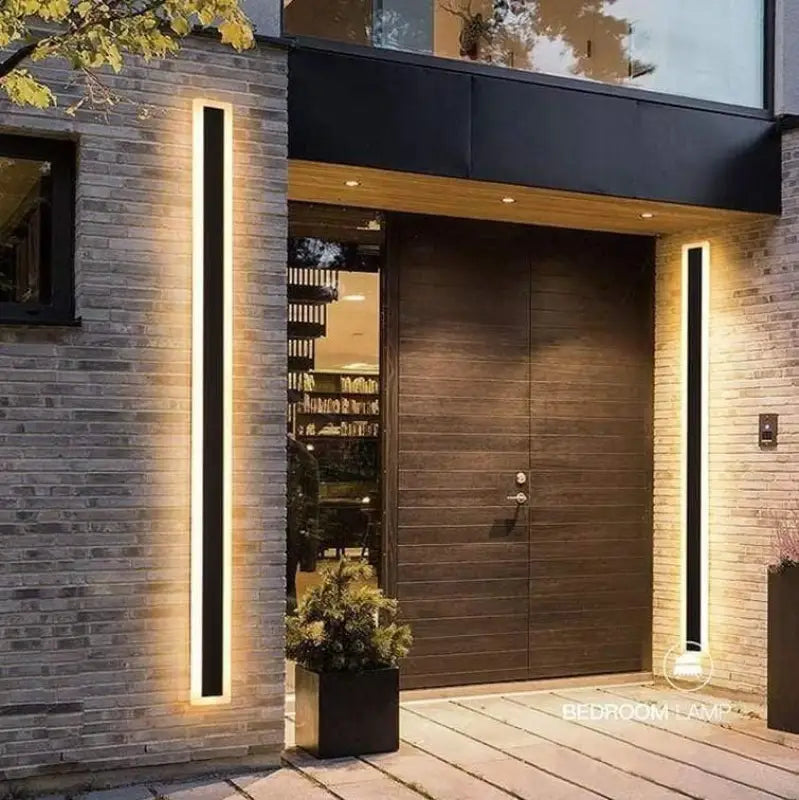
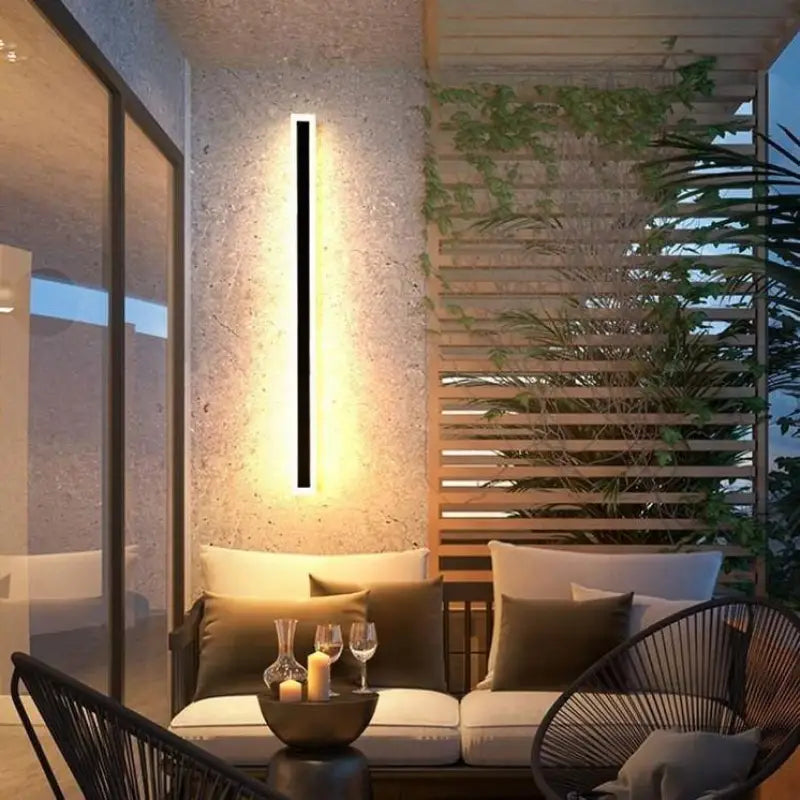
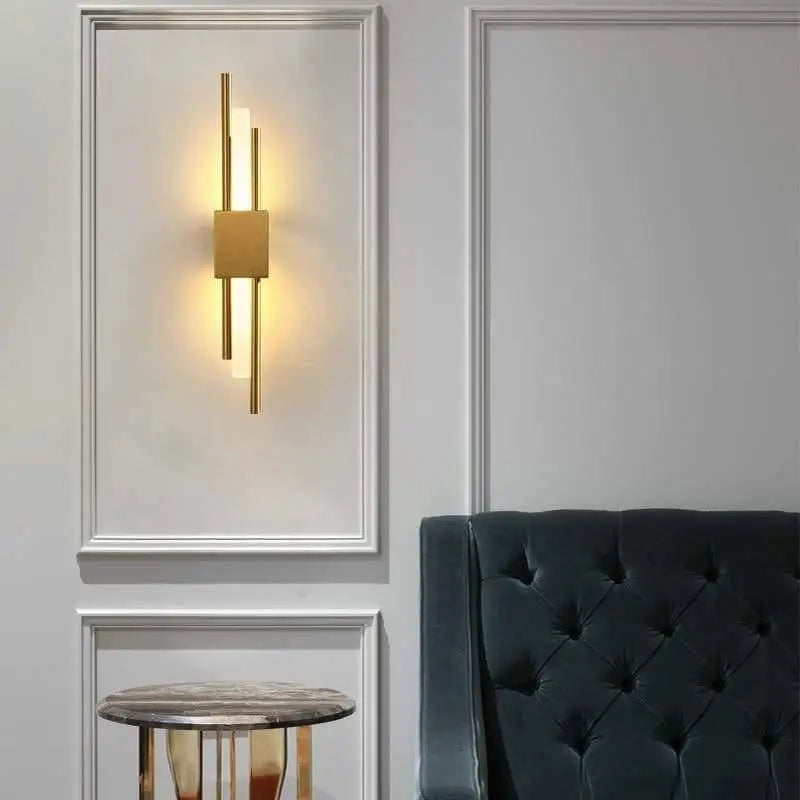
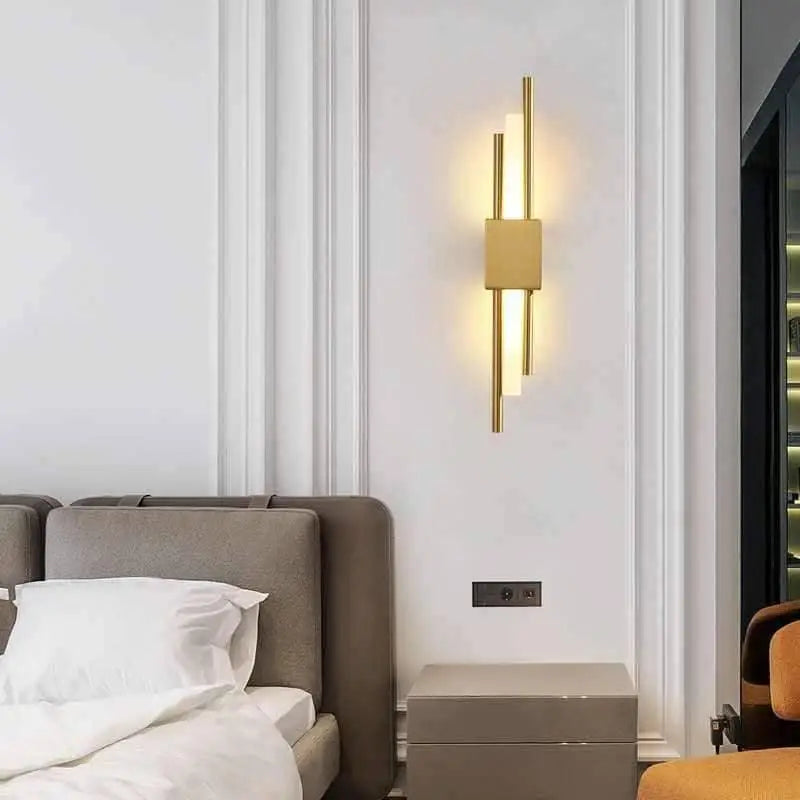
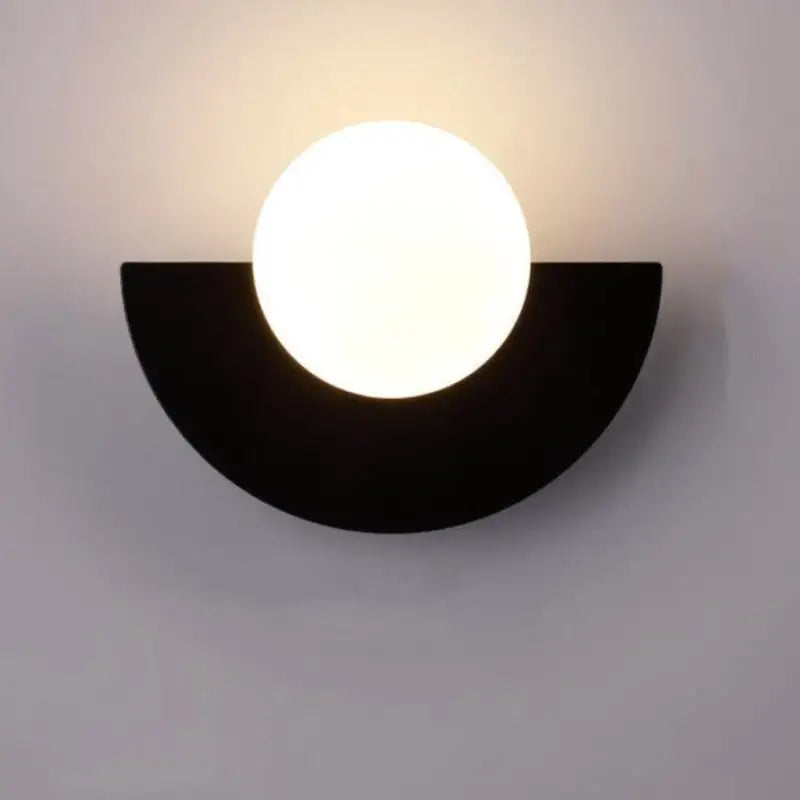
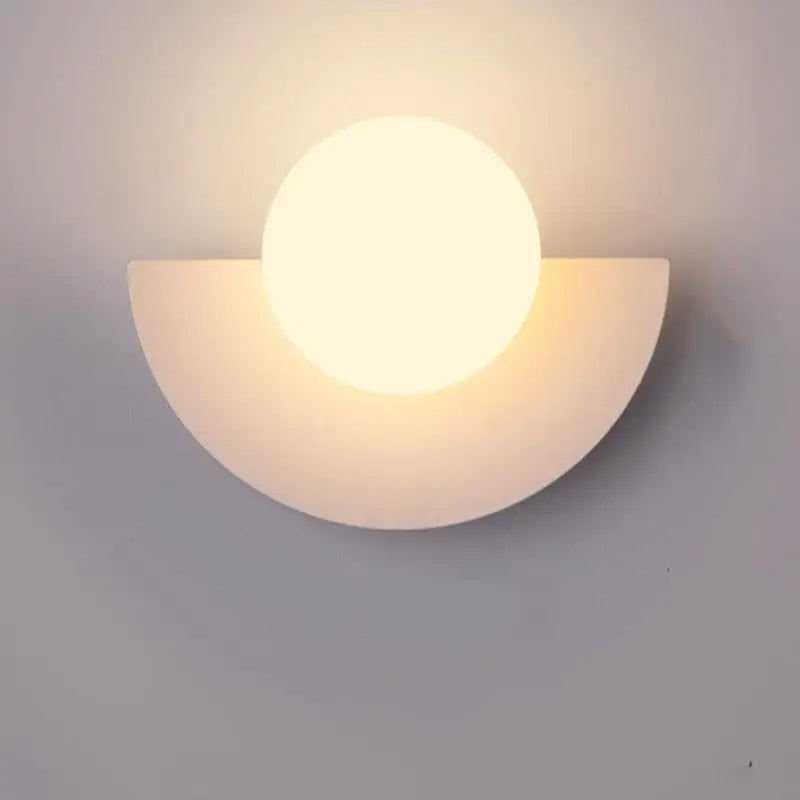
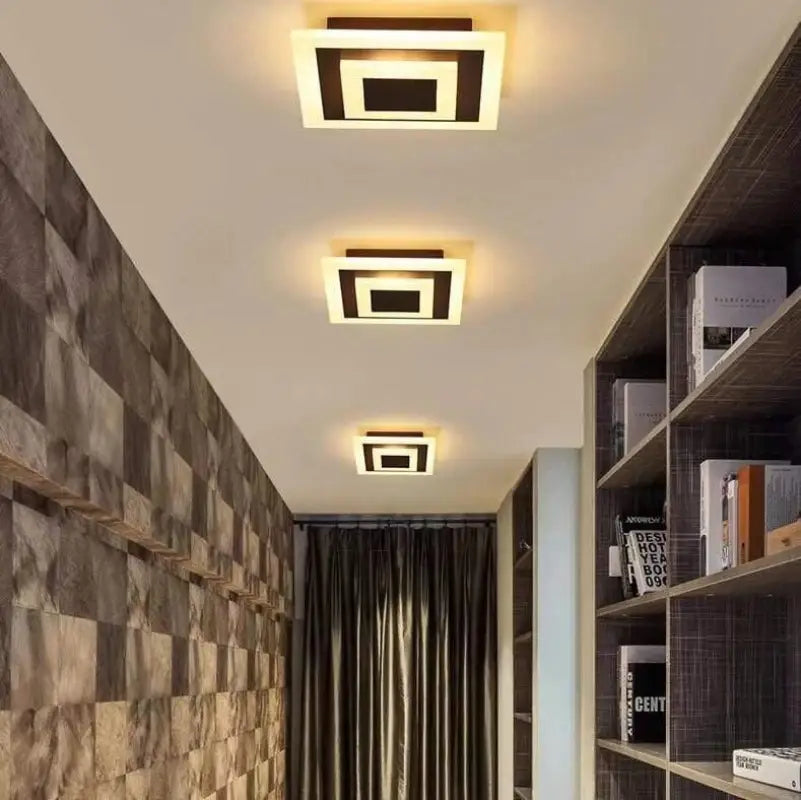
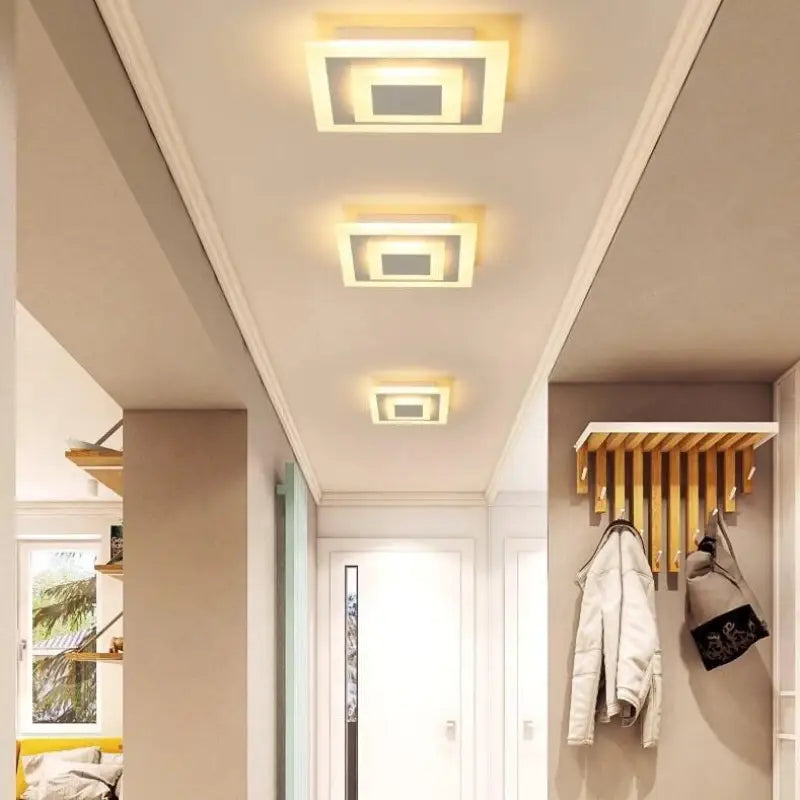
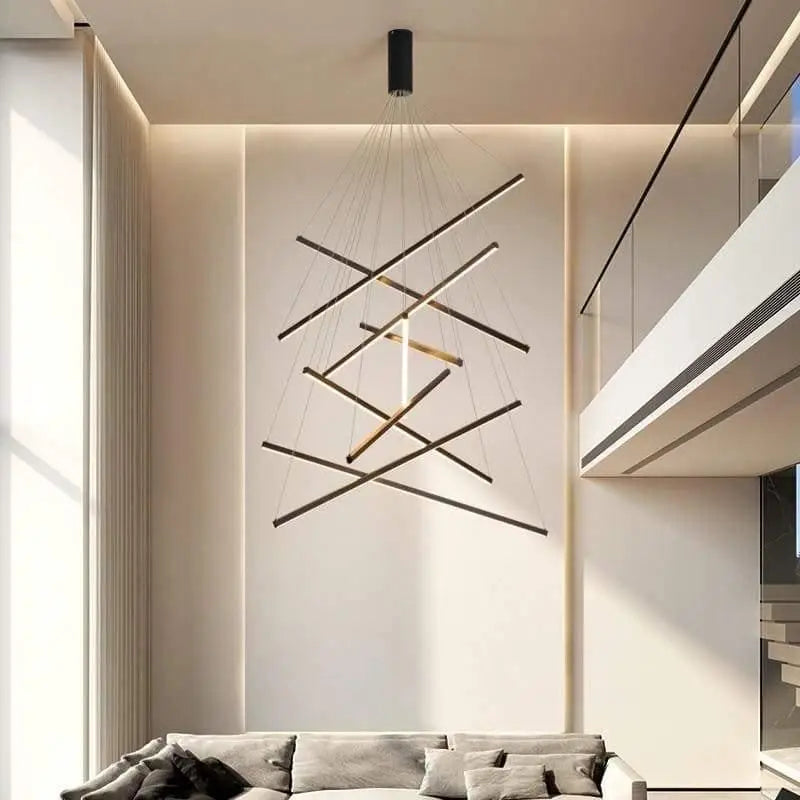
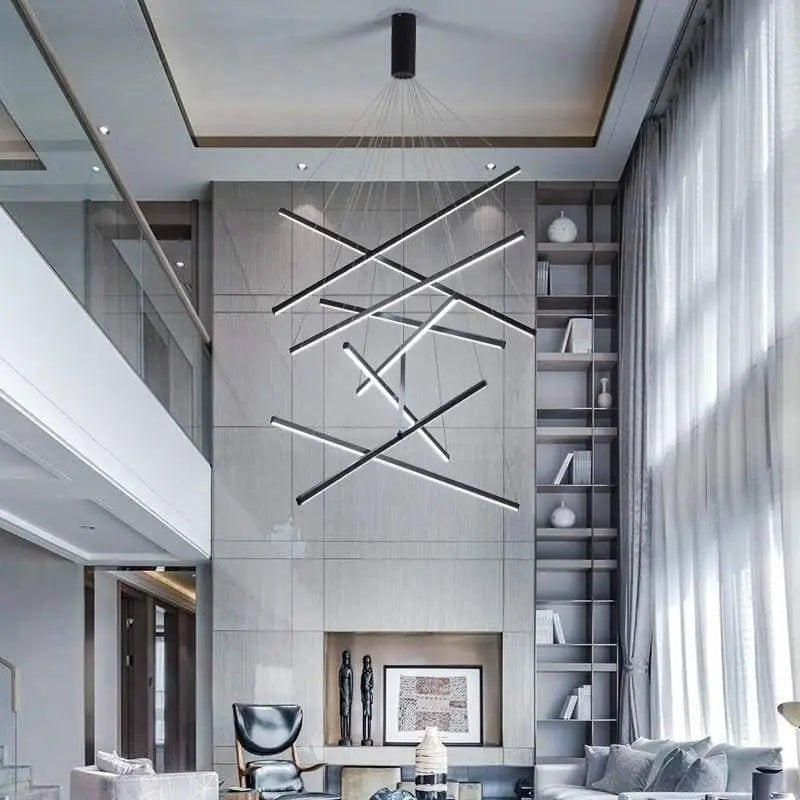
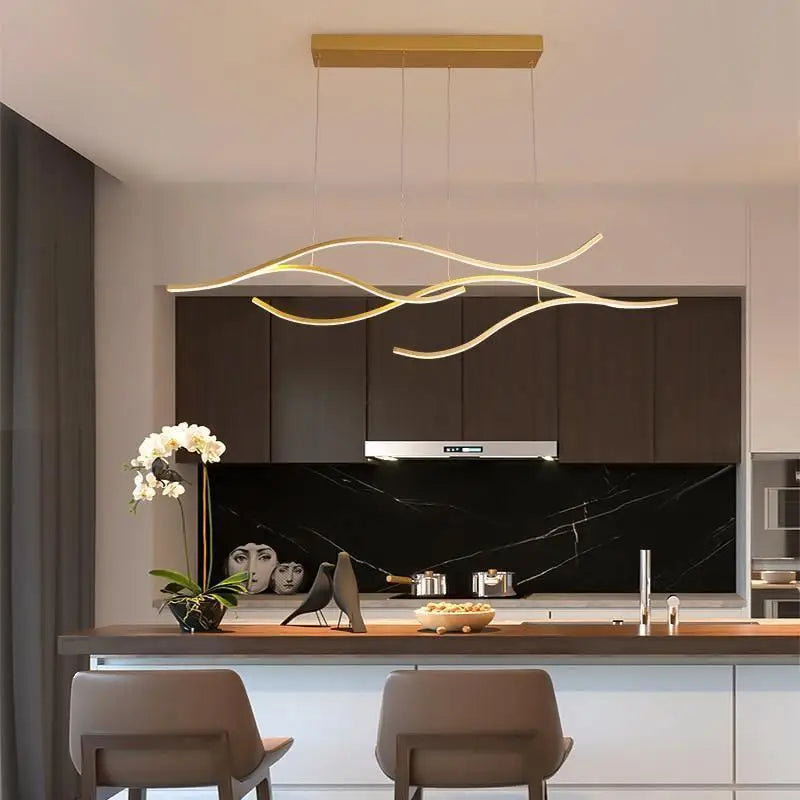
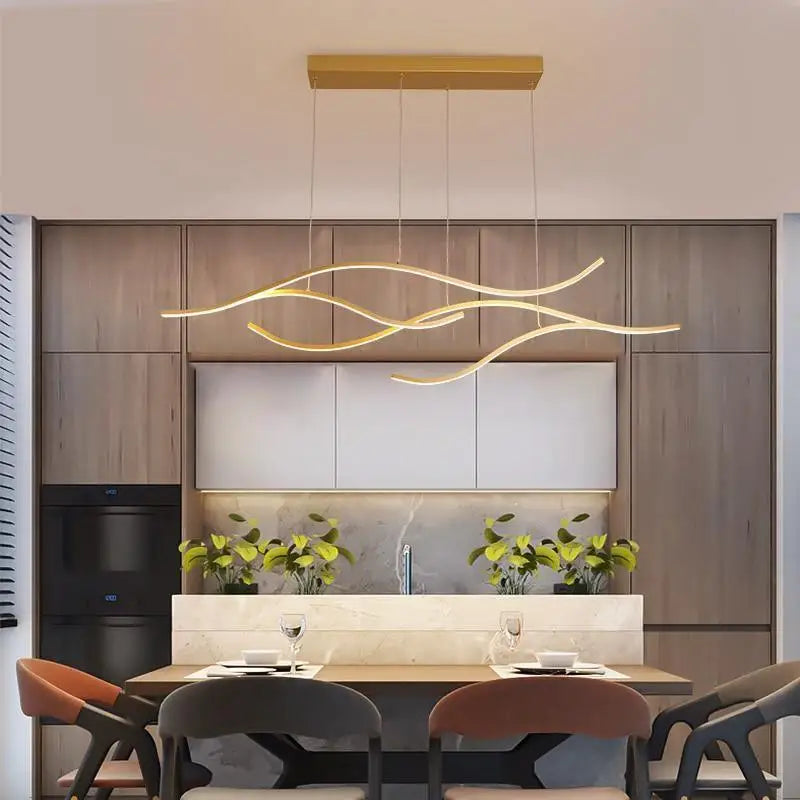
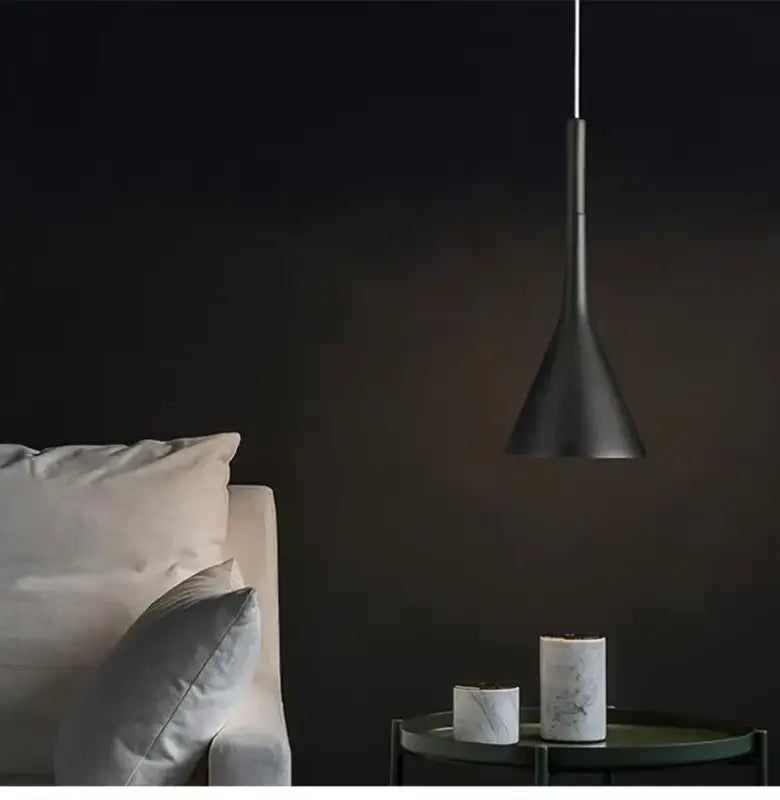
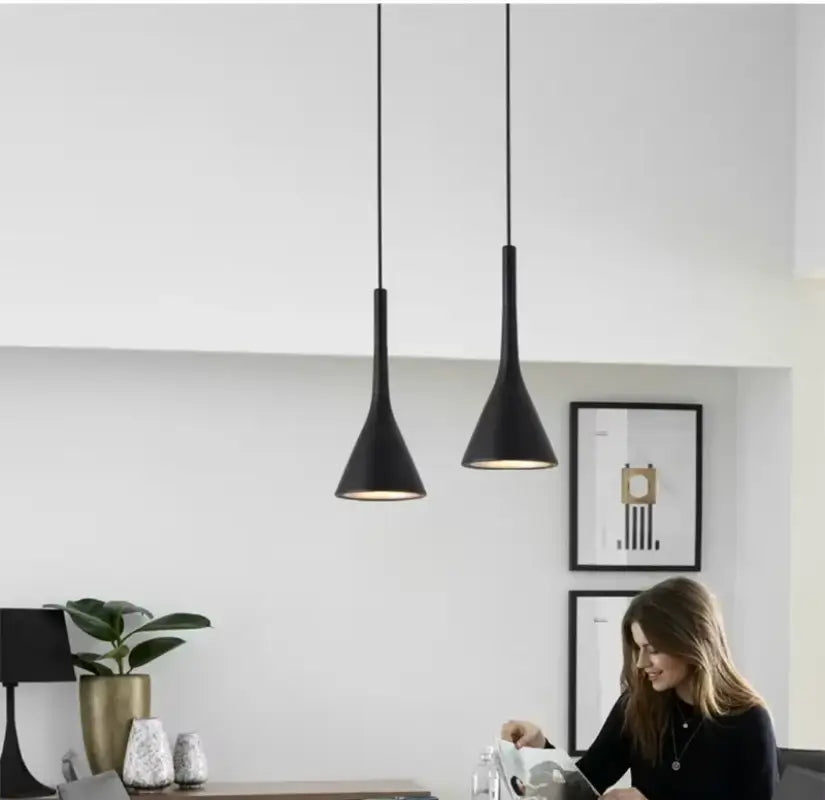
Leave a comment